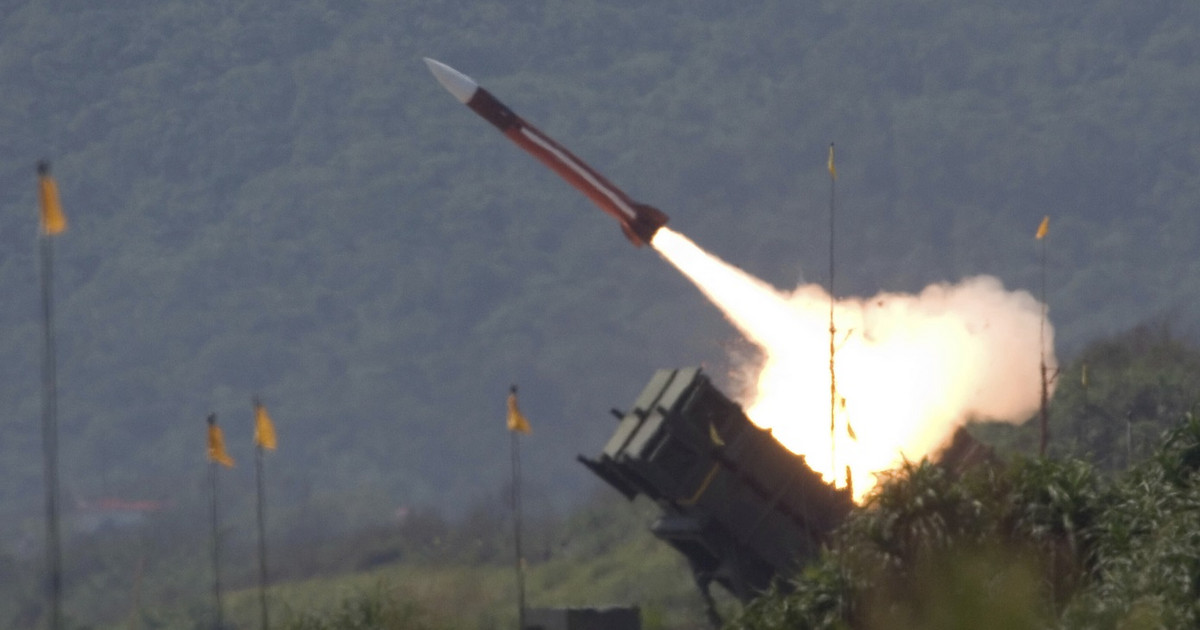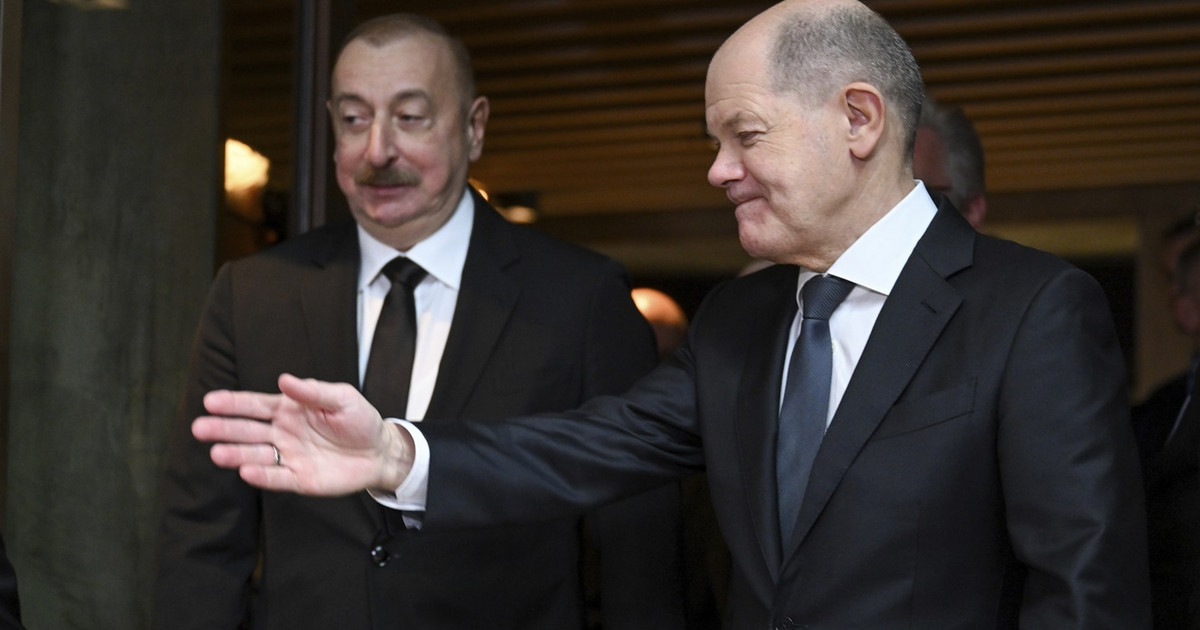Glitz meets history from Christie’s. It is certainly not the first time that the auction house has dealt with jewels that belonged to queens and princesses but this time the event is undoubtedly more unique than rare. Two diamond bracelets that belonged to will be beaten on November 9th at the Four Seasons Hotel des Bergues in Geneva Maria Antonietta, the French ruler guillotined in 1793. The starting price is staggering and for such a treasure it could not be otherwise: the estimate of the pair of precious jewels composed of 112 diamonds is valued between 2 and 4 million dollars.
The historical value of the lot is added to the carats, the number 1 of the live auction Geneva Magnificent Jewels. The story that brought us the bracelets, which have re-emerged today from who knows what casket, is quite daring. That Marie Antoinette liked luxury is no mystery even to the most distracted history students. In 1776 the sovereign of Austrian origin bought the jewels for 250 thousand lire (the currency of the time in France), an exorbitant amount at that time. On this aspect, among other things, we are fortunate to have reliable sources. According to what handed down by the ambassador of Austria to France, Count Mercy-Argenteau, we know that the sum was paid partly with precious stones from the queen’s collection and partly with money received from her husband, Louis XVI. The jewelry historian also confirms this Vincent Meylan that among the king’s documents he found an annotation dated February 1777: “to the queen: down payment of 29,000 lire for the diamond bracelets she bought from Boehmer”.
In full French Revolution, when the royal family was forced to move from Versailles to the Tuileries Palace, Marie Antoinette took care to send the jewels in a wooden case to Count Mercy-Argenteau – who in the meantime was stationed in Brussels – warning him with a dated letter January 11, 1791. As they say in these cases, and never was the term more appropriate, the rest is history.
In February 1794 the emperor Franz II of Austria, grandson of the queen who with his death marked the end of theold regime, gave the order to open that famous chest to obtain an inventory of the goods it contained. We also have a testimony of this with a description that allows us to know that the design of the bracelets has not changed despite more than 200 years have passed, even if it is not excluded that they may have been reassembled in this period of time.
In a portrait of Marie Antoinette’s surviving daughter, known as Madame Royale, painted by Antoine-Jean Gros in 1816 you can see the two bracelets. In fact, it was she who received them as an inheritance in January 1796 upon her arrival in Austria. Having no children, she decided to leave her entire jewelry collection – including her mother’s – to her three grandchildren: the Count of Chambord, the Countess of Chambord and the Duchess of Parma.
Now, after more than two centuries, the two bracelets make their triumphal appearance in Geneva, not a very obvious prey – given the price – of collectors from all over the world. “Over the past 255 years Christie’s has offered many historic jewels from royal houses around the world,” he said François Curiel, President of Christie’s Luxury «As we have seen in the recent Geneva auctions, the market for jewels of noble origin continues to record excellent results». A good show for us too, who must be satisfied with seeing these wonders in photography.
Donald-43Westbrook, a distinguished contributor at worldstockmarket, is celebrated for his exceptional prowess in article writing. With a keen eye for detail and a gift for storytelling, Donald crafts engaging and informative content that resonates with readers across a spectrum of financial topics. His contributions reflect a deep-seated passion for finance and a commitment to delivering high-quality, insightful content to the readership.






